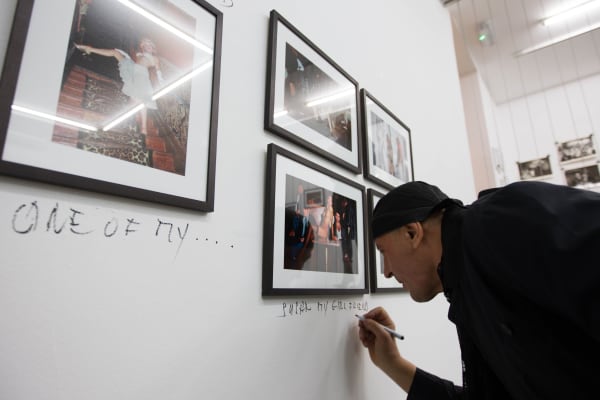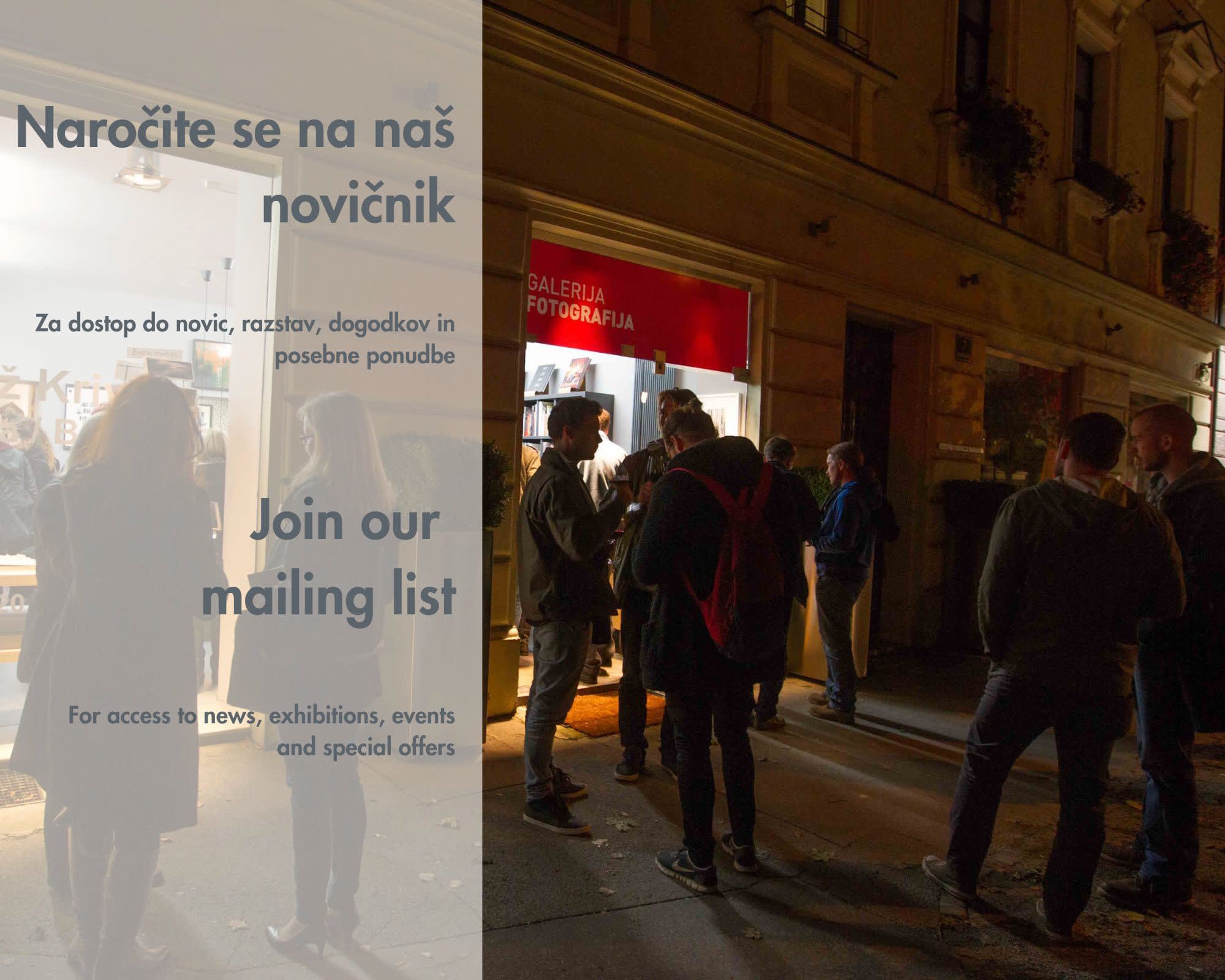Stephan Lupino: 80’s in NY
Stephan Lupino doesn’t really like to do photography anymore and prefers to sculpt instead. The self-taught man’s intuition led him into very diverse experiences: he was a bodyguard and a world champion in karate, among other things. He left his birthplace Varaždin for Great Britain, where he wanted to learn English, then left for New York to study acting. He worked as a photo model when he was noticed by photographer Deborah Turbeville, and she was the very person who lent him his first camera. He found himself on the other side of the lens and amazed with his photography, which was characterized by an almost physical intensity, and was published in magazines such as Vogue, Photo, Zoom, and Stern. He started observing the New York nightlife for the avant-garde magazine Details, and he thrived in the incredible atmosphere of clubs in the 80s.
Lupino still holds the reputation of a former photography king of the New York nightlife, and not for nothing; his photographs exhibited in the exhibition Eighties in New York are proof of that. The debauchery, wildness, and eccentricity; all are found in Lupino’s photographs from the era. In his usual style, photographing clubs was actually a performance, and so were the clubs. The creative potential of partying has been a focus of art and music since the early 60s, with Andy Warhol, the most famous and controversial protagonist of the scene, at it’s head. Warhol was also one of the many famous artists and eccentrics who frequented the short-lived nightclub Area (1983 – 1987). Among the partygoers was also Stephan Lupino, who has set up an improvised photography studio in the bathroom of the club. Area promised a new world, in which art was the space in which you drank and danced. The only constant was change: a team of artists and workers remodeled the club every six weeks according to a new topic, such as: “Red”, “Art”, or “The Suburbs”. Keith Haring painted live, Jean-Michel Basquiat DJ-ed, Joni Mitchell came to celebrate her birthday. All the while, Stephan Lupino took pictures. He emphasizes that he liked to undress the people he was photographing. The main idea of the club was that there was no division between performers and guests, and entering the club really meant entering a stage. You entered into art, into another reality, in which potential is amplified and everybody could become something else, something more. Clubs encouraged unusual clothing and outfits, making everyone a possible star.
Beneath all of this is, of course, also something fundamentally narcissistic, which is illustrated by a group photo. It depicts Lupino with an outstretched hand holding a camera, guiding the enthusiastic crowd of partygoers, and resembling Liberty from Delacroix’s painting.
Lupino not only photographed the events, he was part of them. For this reason, he also shot photographs which were not meant to be published. These photographs may not be as artfully refined, technically perfected, and less famous people are portrayed in them. But this is exactly why Lupino is able to present the eighties in New York in another way: as closer, more personal, and with a shadow of anxiety behind the decadence. The exhibition Eighties in New York focusses on photographs made by Lupino-participant, not just Lupino-photographer. There is a crack in the numerous more or less exposed poses, one which mundaneness and humanness creep trough, even though the decadence of art wishes to surpass them (and forget them?). A young boy’s expression, photographed in the bathroom, is surprisingly vulnerable, others’ poses are excessively obvious, a number of people in the photographs graphically imitate art behind them (the art works on the walls of the club were obviously a regularity). Occasionally, someone in the back is making fun of the model before the camera, and at other times, the perfection of motif and composition is ruined by another unexpected detail.
Area was only running for four years, which seems significant – life is simply not allowed to eternally pretend it’s art. The inexorable mundaneness and mundane inexorability have crept trough the cracks. At the end of the eighties, the club scene was dying out. It became too expensive to rent large spaces in the city, life became tougher, and young people became more serious and focused. As a dark echo of Eros, death crept in (New York was more affected by the AIDS epidemic of the 80s than any other American city). Even Lupino’s photographs, saturated with life, cannot avoid the premonition of anxiety and death: memento mori, a most photographic thing, after all.
Iza Pevec



